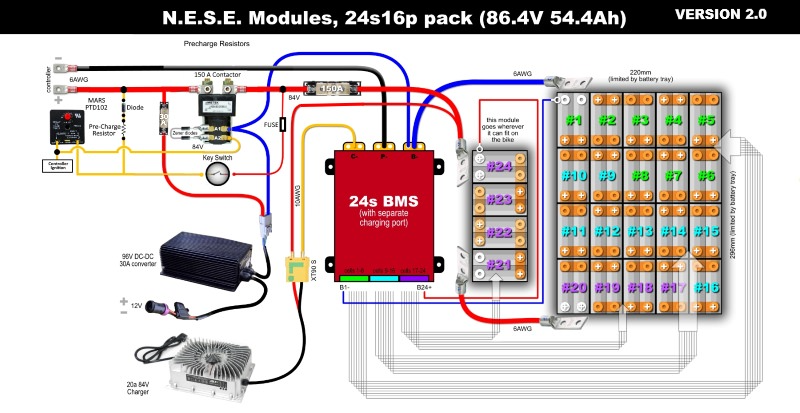MJSfoto1956
10 kW
TommyCat said:If you don't mind me saying, I'd double check the converter's circuit breaker size. (Seems way too big.)
The PowerVelocity controller is capable of being programmed to a max of 200A battery Amps. He uses very large MOSFETs in his controllers. Being conservative, I plan to program it to use no more than 75A.
TommyCat said:And the use of a Zener diode in the pre-charge circuit?
Yes. What is the question?



